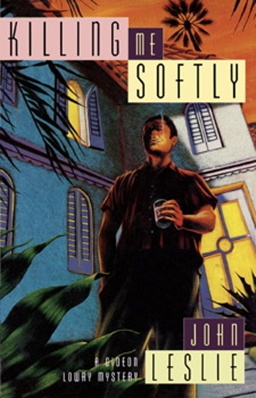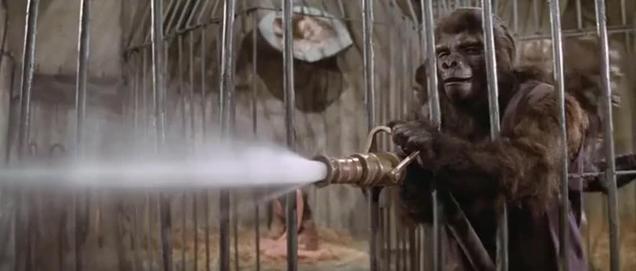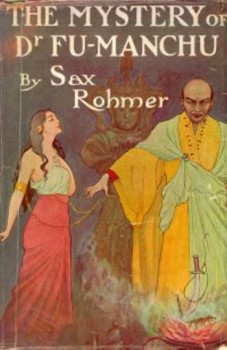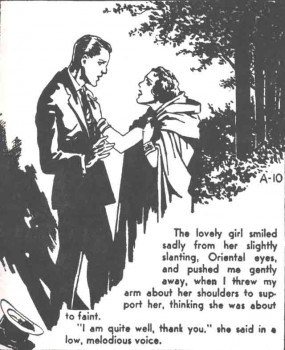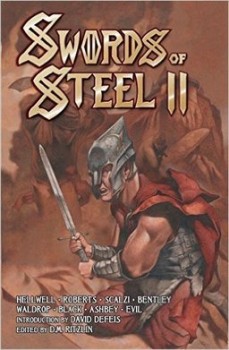Margery Allingham’s The Mind Readers
 Lately I’ve been looking at SF-like inventions or discoveries that turn up in crime/mystery novels, first with John D. MacDonald‘s The Girl, the Gold Watch and Everything, and then with a variation on that same invention in an SF mystery, Spider Robinson‘s Kill the Editor/Lady Slings the Booze. This put me in mind of another example of mystery meets SF in Margery Allingham’s The Mind Readers (1965).
Lately I’ve been looking at SF-like inventions or discoveries that turn up in crime/mystery novels, first with John D. MacDonald‘s The Girl, the Gold Watch and Everything, and then with a variation on that same invention in an SF mystery, Spider Robinson‘s Kill the Editor/Lady Slings the Booze. This put me in mind of another example of mystery meets SF in Margery Allingham’s The Mind Readers (1965).
Allingham (1904-1966) is considered one of the mystery writers of the British Golden Age, along with Christie, Sayers, and their ilk, and her earlier novels certainly have a touch of that Jazz Age charm.
At first glance Albert Campion seems to be another variation on the gentleman sleuth with a friend on the force, a la Sayer’s Lord Peter Wimsey. The reader is given clear hints from time to time that he’s probably a younger son of a noble family, like Wimsey, but we never see Albert in family situations. He doesn’t live like a rich man, or a rich man’s son, and while it’s also pretty clear that “Albert Campion” is a pseudonym, we never learn his real name. Instead of the traditional English manservant, Albert employs Lugg, a former cat-burglar who’s lost his figure. Their relationship provides a great deal of the humour in the novels, but these books aren’t written for laughs. The characters may not take themselves very seriously, but they are serious about their work.


